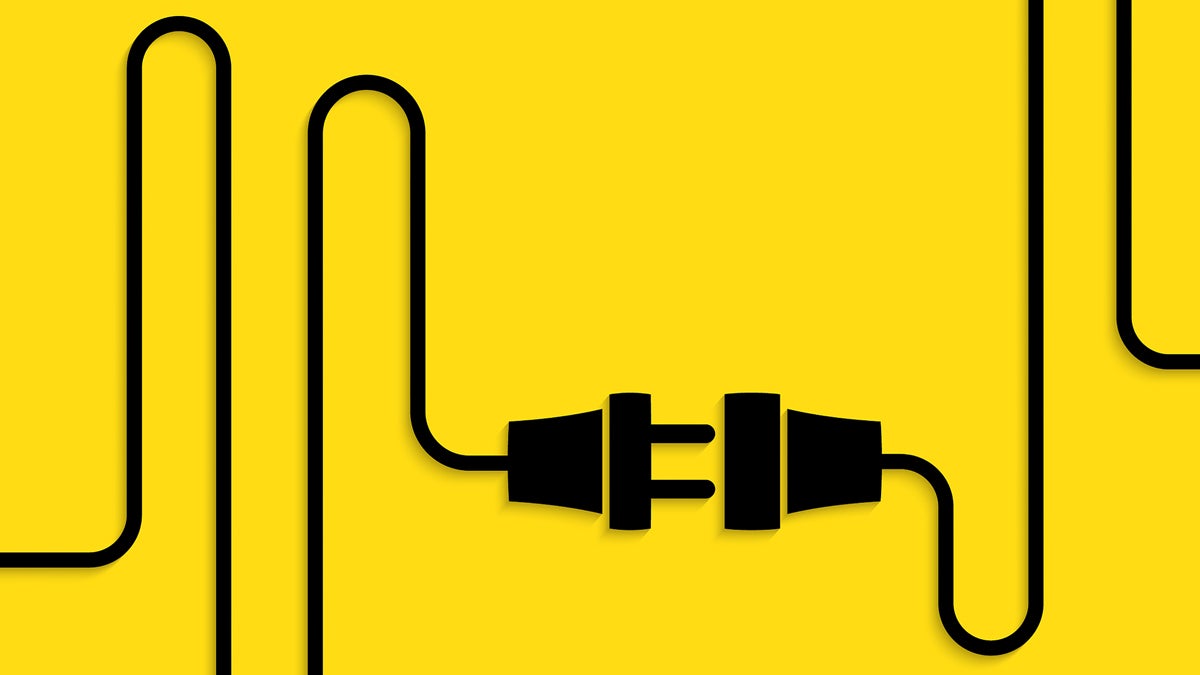Group forms to oppose JCP&L’s proposed Aberdeen to Red Bank power line

Jersey Central Power & Light wants to put a nearly 10-mile-long high-voltage power line along the path of the north Jersey coastline to increase reliability for about a quarter million of its customers in Monmouth County.
But hundreds of homeowners want no part of the project, calling it unnecessary and arguing that it will cause property values to fall for those living along the proposed route, which is essentially a revival of a similar proposal made and later withdrawn in the early 1990s.

The power line would be built between Aberdeen and Red Bank along New Jersey Transit’s North Jersey Coast rail line
The $75 million project, dubbed the Monmouth County Reliability Line, will include a new 230-kilovolt transmission line and substation enhancements, according to the utility, a subsidiary of Akron, Ohio-based First Energy Corp.
The transmission line is the latest high-voltage power project to be proposed in New Jersey as electric utilities invest in upgrading their power grids, in part to increase resiliency. The projects also boost revenue in an era when electricity sales are diminishing because of the growth of energy efficiency and renewable-energy sources, such as solar panels.
“There really is no need for this project,’’ said Sal Aquino, a member of Residents Against Giant Electricity (RAGE), a group that has banded together to oppose the JCP&L project.
Aquino, a Middletown resident, said demand for electricity is falling because of more efficient use of energy and solar systems being installed on homes and businesses.
The utility said the new power line would back up two existing transmission lines in the county, providing needed redundancy in the case of power outages on the current lines. “If those two lines have problems, a substantial number of customers would lose power for a significant period of time,’’ said Ron Morano, a spokesman for JCP&L.
“We know customers are expecting more from their electric utility, and it’s our responsibility to deliver the power they need when they need it,’’ said Tony Hurley, vice president of operations at JCP&L. “We look forward to working with the community to ensure the project results in minimal impacts and maintains the unique beauty of our area.’’
But Aquino argued the new power line will not eliminate outages, most of which occur when trees or branches fall on local distribution lines or a car hits and topples a utility pole. “It will have absolutely no effect on outages,’’ he said.
The utility, however, said the proposed upgrades will allow it to better monitor and more quickly react to power needs with modern technology that delivers real–time information about system conditions. Monopoles, averaging 145-feet in height will be used for the transmission line and be built on an existing right-of-way, Morano said.
The project is part of JCP&L’s multiyear, $250 million “Energizing the Future’’ transmission enhancement project. PJM Interconnection, the operator of the nation’s largest power grid, which stretches from the Eastern Seaboard to Illinois, identified the project as necessary to avoid service disruptions in Monmouth County.
The utility has yet to file applications for permits from either the New Jersey Board of Public Utilities or the state Department of Environmental Protection. If approved, construction is expected to begin in June 2017, with a planned in-service date of June 2019.
A year ago, the BPU approved a separate 16-mile transmission project by JCP&L in Monmouth County.
__________________________________________________
NJ Spotlight, an independent online news service on issues critical to New Jersey, makes its in-depth reporting available to NewsWorks.
WHYY is your source for fact-based, in-depth journalism and information. As a nonprofit organization, we rely on financial support from readers like you. Please give today.




